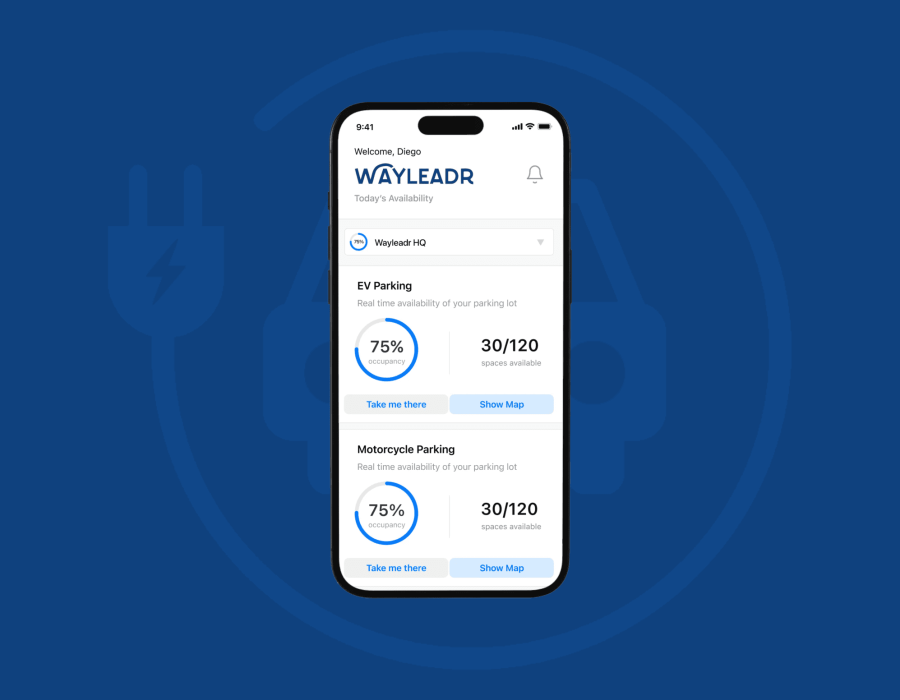Electric vehicles (EVs) are becoming an increasingly popular solution worldwide, which is why the infrastructure that supports them must be modernized. A significant part of such a support system is EV charging management software. The technology will help streamline the charging process, making it more efficient, encourage the use of green energy sources, and promote sustainability in the long term. It is emerging as a key ingredient in building a cleaner, more efficient energy future.
Relating the Green Mobility to Smarter Energy Consumption
It provides energy providers, businesses, and drivers with the opportunity to make more informed decisions, while facilitating the more effective regulation of electricity flow.
A Way to Make Charging Smarter and Efficient
The EV charging can be intelligently timed and managed with the assistance of superior charging software. It will ensure that they charge when the demand for energy is low or when clean energy is available, thereby reducing the need for the power grid to operate at full capacity. This intelligent schedule enables a decrease in fossil-based backup power and an increase in the availability of more credible energy.
Promoting Cleans Energy Utilization
Among the most significant advantages of charging software is the ability to integrate sources of clean energy, such as wind and solar, into the charging system. Vehicle charging could also be tied to times of the day when the most renewable energy is available (i.e., sunny weather, windy weather), ensuring that the technology is readily able to reduce carbon emissions while maximizing the efficiency of green power systems.
Energy Waste and Energy Efficiency Reduction
These systems include intricate details on the use of power, helping operators identify areas of inefficient energy use. There are smarter decisions businesses can make to save energy and reduce costs when using better data. The software even has predictive features to project usage patterns, preventing excessive use and unnecessary energy consumption.
Converting EV to Energy Assets
Vehicle-to-grid (V2G) systems can also be applied to modern EV charging platforms. This capability enables parked EVs to inject electricity back into the grid as needed, effectively making them a small, mobile power plant. It turns out to be a game-changer in managing peak demand and reducing the pressure on centralized power systems.
Making EV Use Easier for All People
An interface or mobile app should be well-designed to make EV ownership convenient. Charging software enables users to check the availability of open charging points, view their battery status, and manage payments. Such an easy transition has the potential to attract even more users to switch to electric cars, thereby contributing significantly to the transition to green energy.
Assisting the EV Market develop Sustainably
The increased use of EVs on the road complicates the task of regulating the number of chargers as well. Charging software reduces complexity by allowing for scalable operations without requiring significant infrastructure changes. The operators are able to remotely control thousands of charging points, become change-responsive, and remain energy-friendly.
Final Thoughts
EV charging management software is so much more than a resource that runs behind the scenes, being the force of change toward more sustainable energy. The technology is allowing it to play a role in defining a more sustainable future that is cleaner and more resilient by using power more efficiently, favoring renewable sources, creating two-way energy flow, and enhancing the experience of electric vehicles. As we strive to achieve green emissions and energy intelligence, tools like these will play a crucial role in realizing our ambitions.





Comments